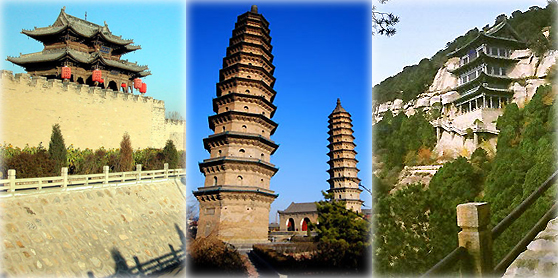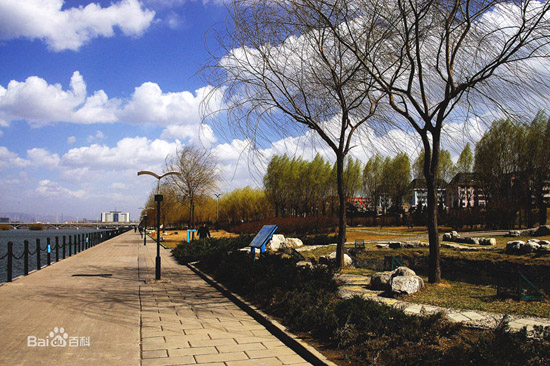Top 10 attractions in Taiyuan, China
- By Xu Lin
 0 Comment(s)
0 Comment(s) Print
Print E-mail China.org.cn, August 4, 2015
E-mail China.org.cn, August 4, 2015
As the capital or secondary capital of nine different dynasties in ancient China, Taiyuan boasts plentiful historical and cultural sites.
Taiyuan, the capital of north China's Shanxi Province, was formerly called Jinyang or Bingzhou in ancient times. Located in the center of Shanxi, the city lies on the Fenhe River, a tributary of the Yellow River that flows through Shanxi from north to south.
Taiyuan's history dates back to 497 B.C. The city became strategically important during the Spring and Autumn Period (770-476 B.C.) and the following Warring States Period (475-221 B.C.). Throughout its history, Taiyuan has served as the capital or secondary capital of nine different dynasties in ancient China.
The city now boasts 13 national-level key cultural relic protection sites and 32 provincial-level sites, including a world-famous garden temple, the biggest sculpture of Buddha in the world and two of China's most magnificent grottoes.
Fenhe Park(汾河公园)
|
Fenhe Park [File photo] |
Fenhe Park is now the largest and most integrated public greenbelt in Taiyuan. It is also a water-storing beautification project along the Fenhe River. The park, which is over 6 kilometers long, covers an area of 300 hectares and contains a number of attractions. Visitors may boat along the river, enjoy the beauty of the sunset, play in the park's public squares or just stroll along the riverside.
Admission: Free









Go to Forum >>0 Comment(s)